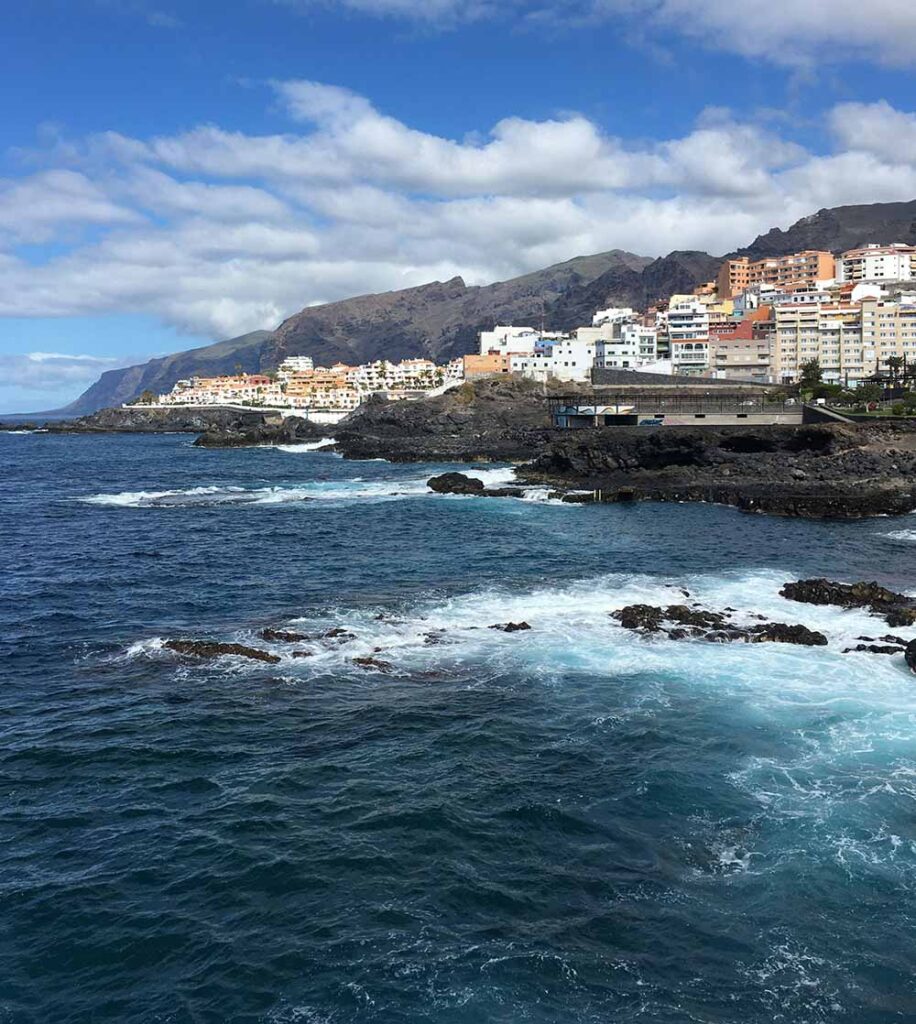Here are some key points about Santiago Island
Geology: The island is of volcanic origin, and its landscape features a combination of lava flows, volcanic craters, and rocky formations. Sullivan Bay on the southeastern coast of Santiago Island is particularly famous for its expansive lava fields.
Wildlife: Santiago Island is home to a variety of wildlife, including marine iguanas, sea lions, fur seals, and numerous species of birds such as finches and Galápagos hawks. The underwater environment around the island is rich in marine life, making it a popular destination for snorkeling and diving.
Visitor Sites: Santiago Island has several visitor sites that allow tourists to explore its unique landscapes and observe the wildlife. Popular sites include Sullivan Bay, Espumilla Beach, and Buccaneer Cove.
Conservation: Like the entire Galápagos archipelago, Santiago Island is a protected area, and conservation efforts are in place to preserve the unique ecosystems and biodiversity. Strict regulations govern tourism activities to minimize the impact on the environment.

